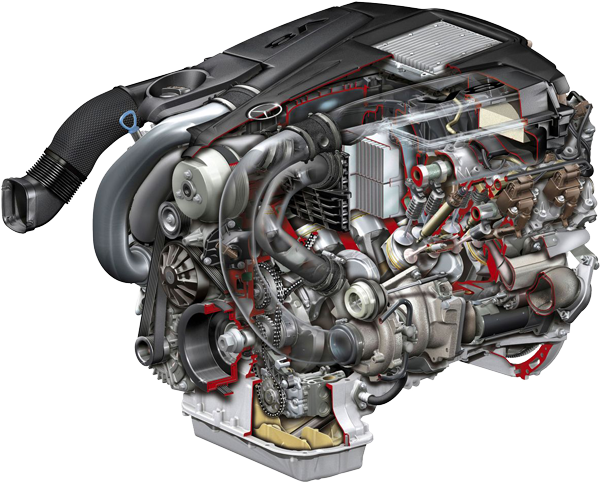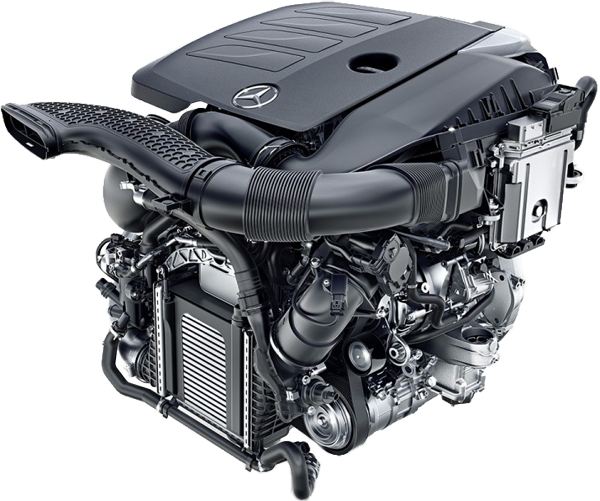The Comparative Analysis :
Mercedes E 500 4MATIC 7G-TRONIC PLUS (13 - 15) vs. Mercedes E 300 9G-TRONIC (19 - 19)
€ 73,900

€ 54,800

€ 73,900
Base Price ⓘBase price of a new vehicle with standard equipment in Germany at market launch.
€ 54,800
ⓘBase price of a new vehicle with standard equipment in Germany at market launch. Price Info
Vehicle Dimensions
The dimensions of these vehicles differ a little. The E 500 is 4.4 cm shorter, 0.2 cm wider and 0.6 cm taller than the E 300.
E 500
E 300
1474
1854
2071
1468
1852
2065
1854 mm
Width
1852 mm
2071 mm
Width Incl. Mirrors
2065 mm
1474 mm
Height
1468 mm
2874
4879
2939
4923
4879 mm
Length
4923 mm
2874 mm
Wheelbase
2939 mm
Vehicle Weight
E 500
E 300
1955 kg
Kerb Weight
1655 kg
2470 kg
Gross Vehicle
Weight
Weight
2295 kg

Weight Difference:
300 kg
15.35 %

General
E 500
E 300
W212
Generation
W213
Saloon
Car Body Style
Saloon
Unleaded (95 RON)
Fuel Type
Unleaded (95 RON)

Permanent all-wheel drive
Drive
Rear-wheel drive

7-speed automatic transmission
Transmission
9-speed automatic transmission
Engine
E 500
E 300
V8 petrol engine with two turbochargers (biturbo)
Engine Type
4-cylinder mild hybrid petrol engine with turbocharger
Mercedes-Benz M 278
Engine Series
Mercedes-Benz M 264
M 278.922
Engine Code
M 264.920


4
Valves
4
8
Cylinders
4
4663 CC
Engine Capacity
1991 CC
402 bhp
at 5000 rpm
Power
268 bhp
at 5500 rpm
E 500
402 bhp
268 bhp
E 300
600 NM
at 1600 rpm
Max. Torque
370 NM
at 1800 rpm
E 500
600 NM
370 NM
E 300
Performance
E 500
E 300
155 mph
Maximum Speed
155 mph
4.8 sec
Acceleration 0 to 62 mph
6.2 sec
62 mph
62
mph
mph
67 m
0.000 sec

E 500
62 mph
62
mph
mph
86 m
0.000 sec

E 300
▶ REPLAY
4.86 kg/bhp
Weight-to-Power Ratio
6.18 kg/bhp
E 500
4.86 kg/bhp
6.18 kg/bhp
E 300
Fuel Economy / Emissions
E 500
E 300
Fuel Economy
30 mpg
combined
45 mpg
E 500
30 mpg
45 mpg
E 300
23 mpg
city
34 mpg
37 mpg
motorway
54 mpg
80 L
Fuel Tank Capacity
66 L
529 mi
Range
651 mi
E 500
529 mi
651 mi
E 300
Environmental Impact
178.2 kWh
Total Energy Consumption
per 100 miles ⓘThe total energy consumption per 100 miles is the amount of energy consumed by a vehicle when burning fuel or using electricity per 100 miles (final energy), and the energy required to produce the appropriate amount of fuel or electricity (primary energy).
per 100 miles ⓘThe total energy consumption per 100 miles is the amount of energy consumed by a vehicle when burning fuel or using electricity per 100 miles (final energy), and the energy required to produce the appropriate amount of fuel or electricity (primary energy).
119.4 kWh
E 500
178.2 kWh
119.4 kWh
E 300
Euro 6b (NEFZ)
Emission Standard
Euro 6d-TEMP-EVAP-ISC (WLTP) 36CH, 36CI, 36DG
219 g/km (NEFZ)
CO2 Emissions
164 g/km (WLTP)
Practical Convenience
E 500
E 300
4
Doors
4
5
No. of Seats
5
515 kg
Maximum Payload
640 kg
540 L
Boot Capacity
540 L










No data
Boot Capacity (Seats Down)
No data










